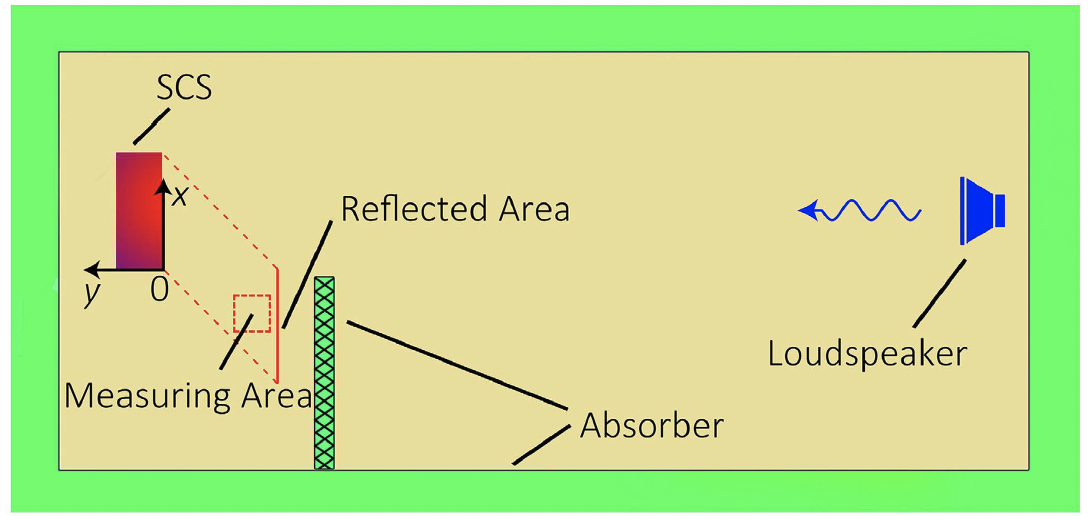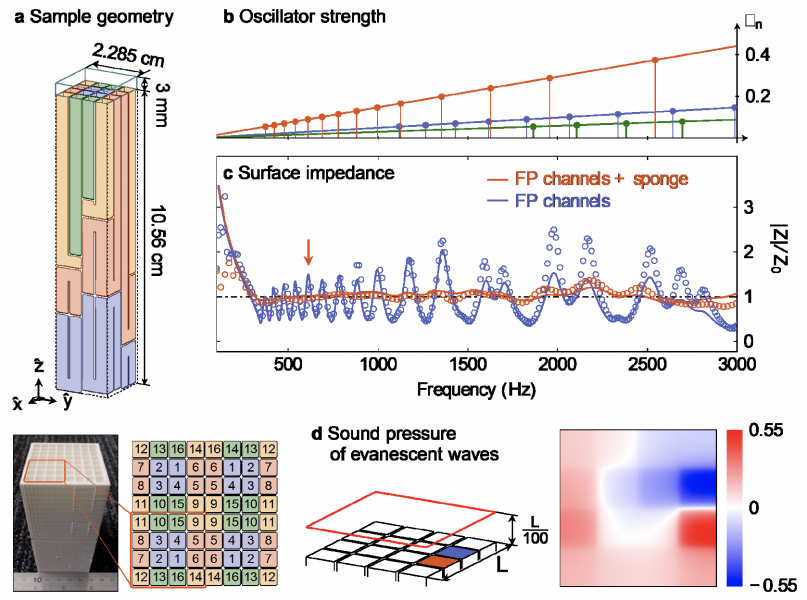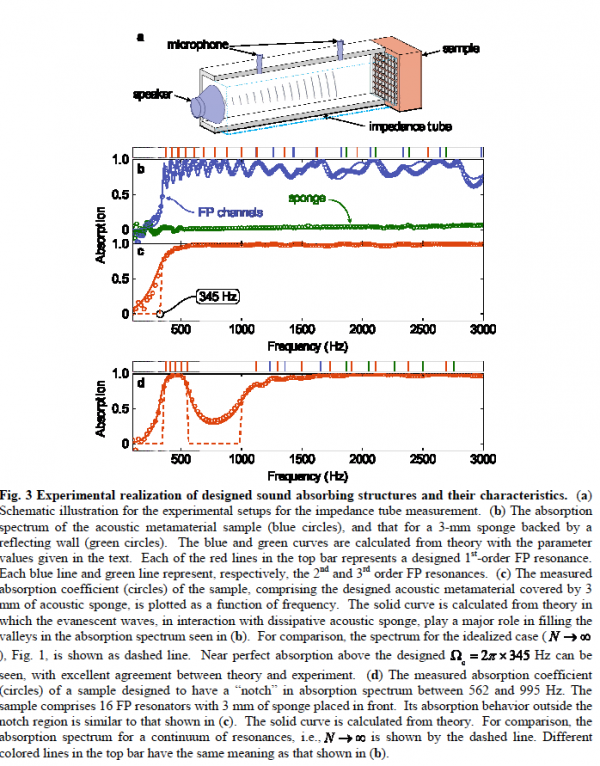Not doing any more explaining or describing with regard to the ZR panels. Read the thread or check the links below.
As a film title, Quantizing Hanson Hsu might not rank up there with Kissing Jessica Stein, but we work with what we have to work with. Hanson Hsu is the principal designer at Delta H Design, Inc., an acoustics and architecture firm based in Marina del Rey, California. Though he dabbles in some...

www.stereophile.com
Multi Grammy Award-winning Engineer and Producer Richard King, and recording engineer program founder Wieslaw Woszczyk of McGill’s schulich School of Music chose ZR Acoustics’ quantum technology for the renovation of control room A. One of the oldest and well-respected Tone-Meister inspired...

deltahdesign.com
That doesn't mean there aren't better alternatives. Lots of well name recording studios use building insulation based products, which I can't stand having had many years of experience with various types of rooms (recording studios, listening rooms), yet they are widely used.. Listening a Grammy Award winning engineer means absolutely nothing to me. Grammy's isn't exactly what I would consider anything other than a big marketing fest for the music industry and it's based on who actually votes, and nothing more.. I can list other Grammy Award winning engineers that don't use their products that use building insulation., Which I don't care for either...
Those that are using ZR Acoustic probably haven't tried everything on the market….
As Benito eloquently said, Quantum Acoustics is really for VERY high frequencies in the 3Ghz range, hardly anything we can hear in our listening rooms.
I'm sure their products does something, and for me or others to actually have an idea of what they are doing, they would have to provide measurements. For absorption, there are absorption coefficient measurements that most legitimate companies provide……. One can compare products based on their absorption coefficient curves. As far as midrange/high frequency absorption in the 125hz and above, the major difference from one product to another Is in the 125hz to 500hz, most products are relatively equal above 500hz, and below 125hz, you need a pressure band absorption and that's where there are major differences in product to product.
As far as low frequency absorption, based on the depth of their products, I highly doubt they are doing anything in the 100hz and below range….. Their carved products are doing some sort of scattering, but I would have to see if they comply with a true diffusor as there are requirements to create a true diffused sound field and the only ones that I know of that do meet those requirements are quadratic… Example. to go down to 100hz Diffusor, a Quadratic Diffusor would have to be something like 3ft deep. Something 99% of the rooms simply don't have enough room to have large diffusors like that. But they can have diffusors up to Prime 23, which are about 17 inches deep, but they go down to about 185hz. But the ZR Acoustic product is less than 2 inch deep, which tells me it's NOT doing anything in the lower frequency range. I'd have to see some sort of measurement that PROVES what frequency range it is designed for..
All I can say is, when a company makes a acoustic treatment product that's designed for architecture, it usually doesn't mean it's going to be best for room acoustics. The room doesn't care about esthetics, only women (WAF) and people that are into architecture care about esthetics, but one is going to take precedence over the other.. RPG makes a lot of esthetically pleasing products now after Peter D'Antonio sold the company, because they want to cater to customers that aren't going critical listening, ie. a hotel, restaurant, etc. They aren't critical listening environments.
what really disappoints me is ZR's lack of measurements on their products and reading the information just oozes of BS, and word salad to confuse and impress those that are gullible. I heard some of their YouTube recordings and some did NOT impress me at all, especially in the low frequency range….
Sorry if I am bursting your bubble. I just don't care for companies that sell and market BS products that don't provide measurements.







